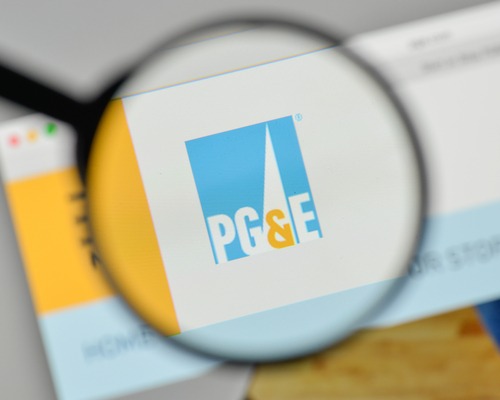PG&E mostly finished installing quick power shutoff settings for power lines in high fire risk areas

A rollout of new safety settings – the Enhanced Powerline Safety Settings – to approximately 25,000 distribution lines in high fire-risk areas (HFRA) in California is largely complete as of this week, according to Pacific Gas and Electric (PG&E).
In addition, such measures have been expanded to 18,500 line miles in areas adjacent to HFRAs. No matter where the settings have been deployed, the advantage is that they can shut the power down within one-tenth of a second if hazards threaten lines. Given the number of wildfires that have afflicted California over the years, which can be started with something as simple as a tree branch striking a line, such measures could prove a critical tool for safety.
“We remain steadfast in our commitment to make it safe for our customers and strive for our goal of zero utility-caused catastrophic wildfires,” Mark Quinlan, PG&E’s vice president of transmission and distribution system operations, said. “These enhanced safety settings help to reduce the current risk of wildfires for our most vulnerable customers and are just one of many wildfire prevention efforts we are employing to strengthen our system, incorporate new technologies and take aggressive action to increase system safety.”
EPSS began as a pilot program last year, where it proved highly successful. As of the end of 2021, it reduced California Public Utilities Commission-reportable ignitions by 80 percent, compared to the prior three-year average across 45 percent of the distribution lines in HFRAs – more than 11,500 miles. PG&E can activate the system when its metrology and operations teams determine wildfire risks to be elevated, thereby launching an automated means of additional protection.
Unlike Public Safety Power Shutoffs (PSPS), which have drawn criticisms in the past and are viewed as a last resort in severe weather conditions, EPSS allows better and more fluid reactions to extremely dry conditions. They also enable PG&E to react in real-time rather than rely on preliminary shutoffs that could leave customers without power and connections during already stressful times.
There will always be room for optimization, and PG&E noted that it has been working to reduce the outages EPSS will bring. Throughout the 2021 pilot, the company added that it had cut the average customer outage length from EPSS-enabled circuits by 40 percent, and refinements are ongoing.
